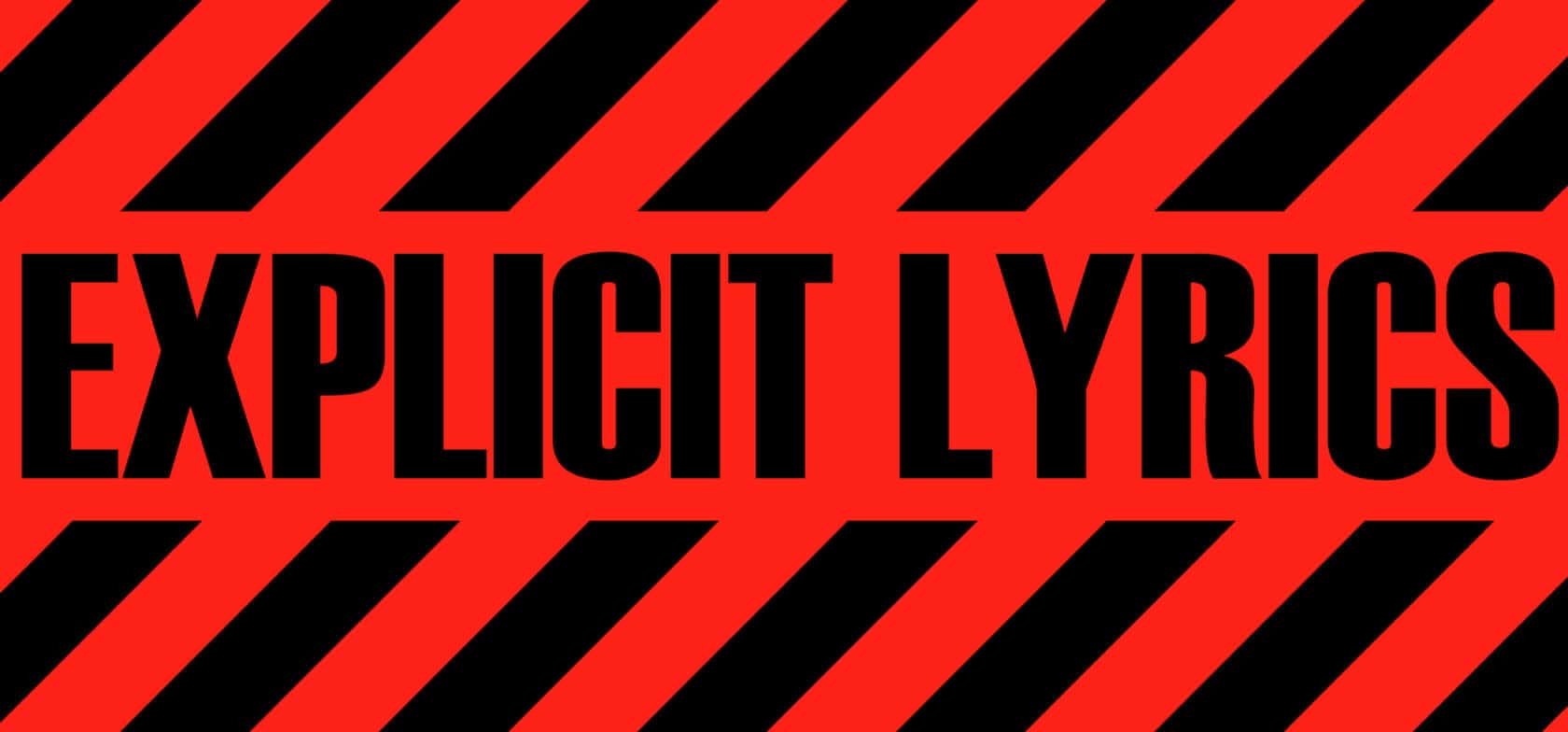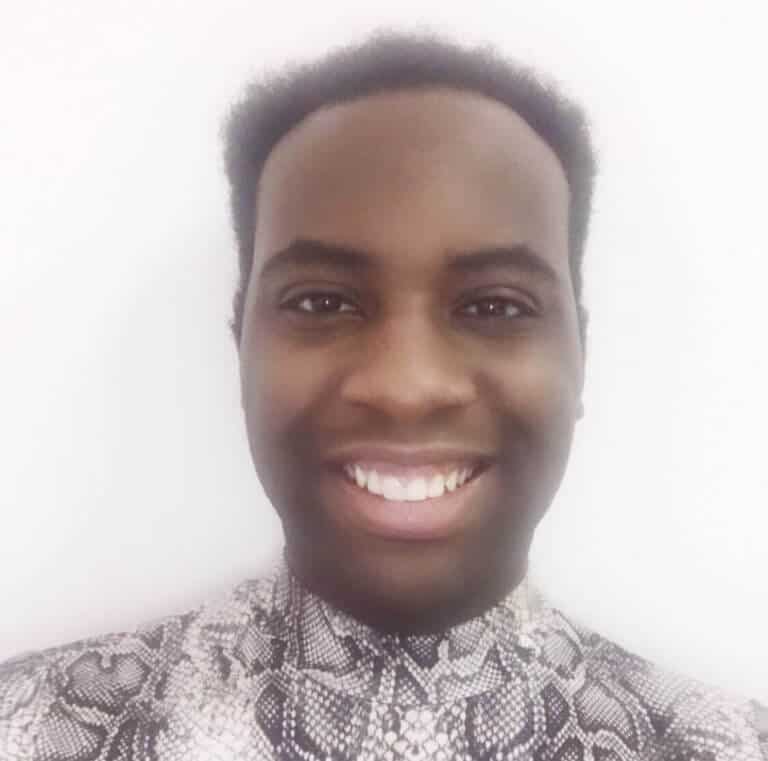Whenever you turn on the radio, you may hear gaps in the song. Is it time we rethought how we look at explicit lyrics?
Have you listened to the radio recently? Have you noticed that much of the content of radio music consists of bleeped out words and phrases?
Have you noticed that much of the underlined themes of radio music are vulgar, sexual, and often violent? Believe it or not, the approach of popular music has not changed since the days of Motown or when the Beatles catapulted to world stardom.
However, what has changed over the years is popular music lyrical content, as mainstream music has become more explicit and vulgar in the past years.
From the energetic sounds of hip-hop to the trendy fast pace sounds of pop music, modern genres have received major backlash due to their graphic references and lyrical content.
According to Trojaneer.com, hip-hop is now the largest genre in music. With its troubled past as a genre with older generations, this stigma still arises.
Content such as violence, sex, drug use, even hate aimed at women, minorities, and the queer communities, have been known as the general theme of mainstream music, becoming a heavy influence on the younger generations. But, the reality of influence is that it may be out of parental control due to the wide advancement of social media and technology.
Is it the music industry’s duty to censor or not to censor? In western cultures, many parents face this dilemma when children bring home music that may not be suitable for a young audience. Some individuals believe that the boundaries and limitations are dependent on the family values, maturity, and temperament of the child.
Family dynamics with both older and younger children may adapt the ‘iPod only’ rule to the older children to set boundaries of vulgar material for the younger siblings.
Other parents believe that the vulgar and explicit nature of mainstream music provides the parents the opportunity for open dialogue about the controversial lyrics. This could indeed cause a valuable reflection between child and parents surrounding stereotypes, violence, and other negative attributes perceived in media.
Parental Advisory
Within the midst of the 1990s where hip hop and other popular urban sounds began gracing the adolescent eardrums, the United States recording industry introduced the Parental Advisory Labels to determine and identify music containing depictions of sex and or violence.
If you own any current CDs or stumble upon old CDs from the 1990s, you may recognise the advisory label printed at the bottom right of the CD’s cover. However, it’s important to understand that companies and artists voluntarily label their products with the explicit content logo.
Therefore, music listeners can’t always assume that music without a label will be appropriate for all ages.
In addition, as many mainstream artists create clean versions of their content, it’s not necessarily their moral duty to do so. The artist has free expression to create their content freely.
However, for independent artists, the restriction can be thrust upon you surrounding mainstream success. These limitations may be a reason why indie artists prefer to stay in the independent realm.
Visual content through music videos is just as crucial, is not more surrounding influence. According to MediaSmarts.Ca, Music videos are powerful entities as they combine the energy of the music with the power of visual images. As the younger generation, may not understand the lyrical content, the visual aspect of the music has a much greater impact as they are almost impossible to ignore.
In Canada, many national radio stations halt from playing music with explicit lyrics on the airwaves. But young children can easily access music by controversial artists on YouTube and other social media apps such as Instagram and TikTok.
Negative Effects of Music
The argument prevails forward surrounding if mainstream music content is getting worse over time. The answer may just be that the listener is looking in all the wrong places.
The understanding that genres such as Rap and Hip Hop’s dynamic within the genre are important to understand. Rap can embody voices that we need to hear for the current and future generations. Artists such as Noname tackle the topics of feminism and racial tension with their music in a majestically poetic way.
This should not be censored. For mainstream pop music, maybe the songs and lyrical approach have changed because the music industry has changed. Further, maybe the music listeners have changed. Remember, mainstream pop music only mirrors the expectancy of the music listeners.
Can we solely blame the mainstream music engine, for its explicit and vulgar music content? There may be concrete evidence that listening to music with sexual content within the lyrics and music videos may influence teenagers more than we may understand.
However, it’s important to evaluate the other contributing factors within societies that may influence youth even stronger.
World music is coming under the spotlight, here is our take:
Support us!
All your donations will be used to pay the magazine’s journalists and to support the ongoing costs of maintaining the site.
Share this post
Interested in co-operating with us?
We are open to co-operation from writers and businesses alike. You can reach us on our email at [email protected]/[email protected] and we will get back to you as quick as we can.










